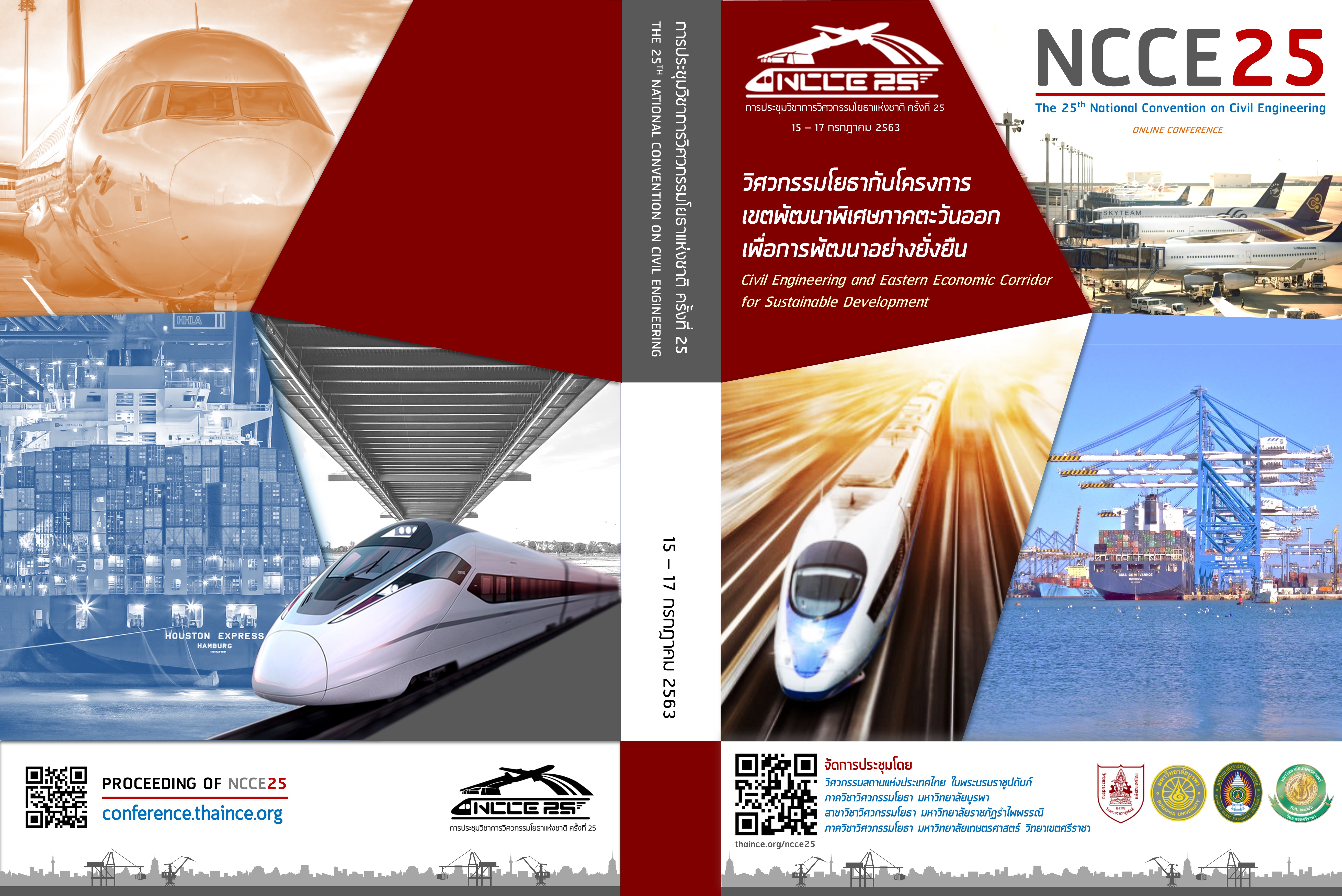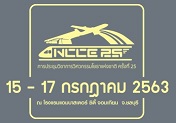Estimation of the solar energy by Digital Terrain Model data from Unmanned Aerial Vehicles
Keywords:
พลังงานแสงอาทิตย์, แบบจำลองภูมิประเทศเชิงตัวเลข, อากาศยานไร้คนขับAbstract
The ability to generate electricity is in contrast to the demand for electricity in Thailand. This causes a wide range to the development of alternative energy such as solar, water, and wind. Therefore, this study aims to study a preliminary of applying technology to survey the amount of solar energy by using the Digital Terrain Model (DTM) from Unmanned Aerial Vehicles (UAV) over the Rajamangala University of Technology Isan. This study presents a technic for calculating the amount of Solar Energy per Area Solar Radiation by using the DTM. As the results from calculating the DTM, the maximum and minimum Solar Energy is 5,670.96 MWh and 2.65927 MWh, respectively. After eliminating some noise from the DTM, the maximum and minimum Solar Energy is 5,645.61 MWh and 382.715 MWh, respectively. The result from adjusted DTM was classified into five levels associated with Geometrical interval. It is showed that the open area in the west and south of the University (totally 22,869.04 m2) are the places that receive the highest amount of Solar Energy. The explored result of this study can be proposed to prioritize the areas for the field surveying afterwards. It would be able to reduce the time of field surveying over the suitable areas for the Solar Farm installation.
Downloads
Downloads
Published
How to Cite
Issue
Section
License
บทความทั้งหมดที่ได้รับการคัดเลือกให้นำเสนอผลงานในการประชุมวิชาการวิศวกรรมโยธาแห่งชาติ ครั้งที่ 25 นี้ เป็นลิขสิทธิ์ของ วิศวกรรมสถานแห่งประเทศไทย ในพระบรมราชูปถัมภ์



